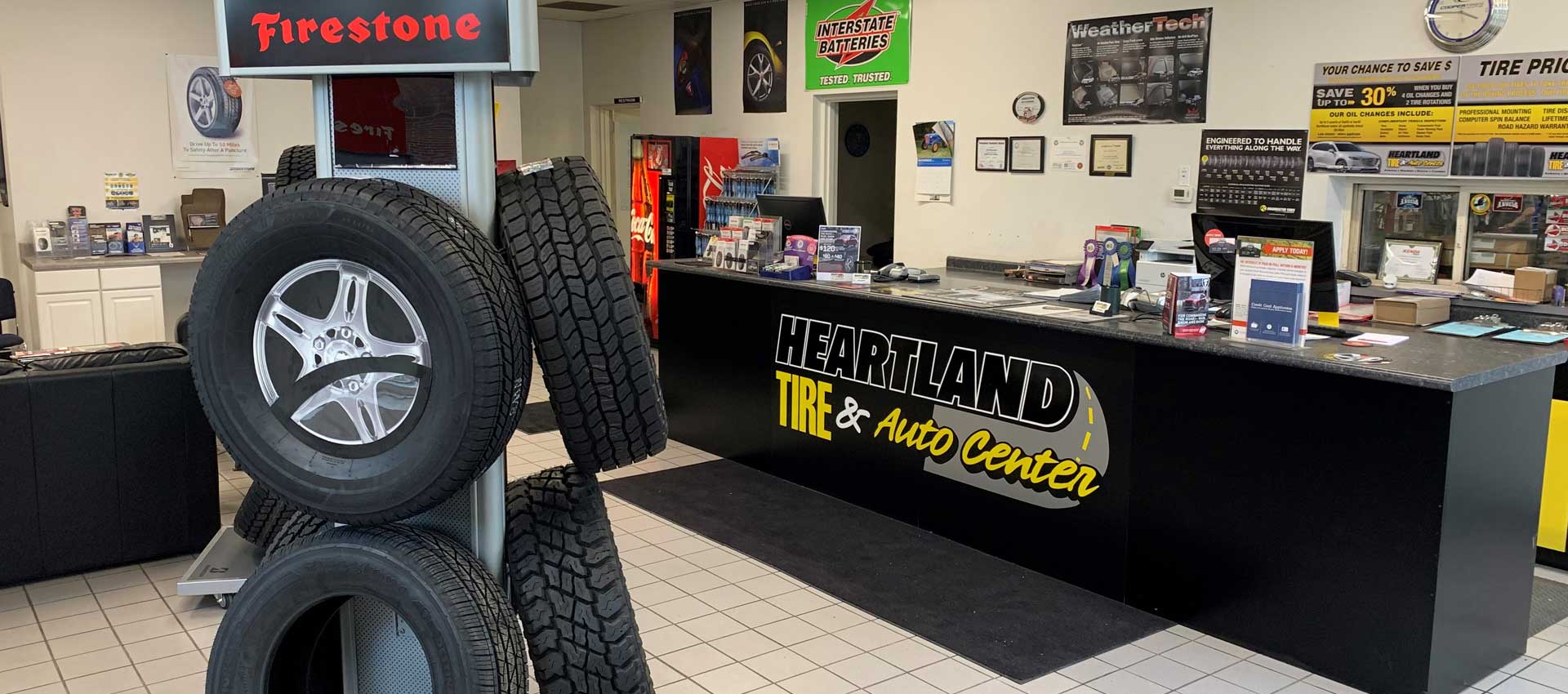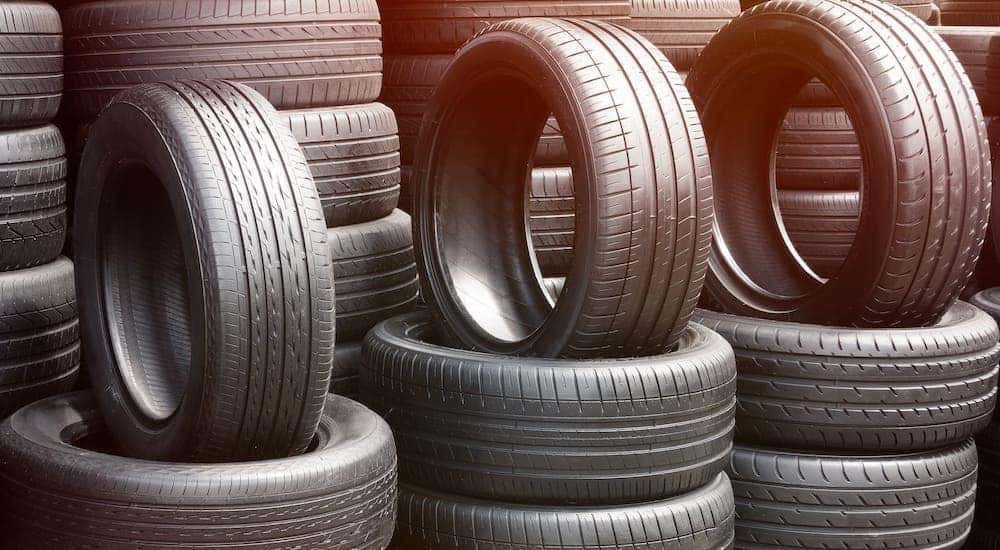Find the Best Tires Morris IL: Substantial Choice Available
Find the Best Tires Morris IL: Substantial Choice Available
Blog Article
Tire Service: Recognizing Tire Pressure Monitoring Solutions
Comprehending Tire Stress Surveillance Equipments (TPMS) is an important element of keeping optimum lorry efficiency and security when traveling. With improvements in auto modern technology, TPMS has actually become a common attribute in contemporary automobiles, giving real-time information on tire pressure levels. Delving much deeper into the complexities of TPMS, one can uncover the various parts that make up this system and the value of each in making sure precise monitoring. From straight to indirect TPMS systems, the landscape of tire stress surveillance is diverse, each with its distinct collection of benefits and considerations. Remain tuned to decipher the intricacies of TPMS, from maintenance tips to the obvious advantages of maintaining your tires properly inflated. tire shop morris.

Significance of TPMS
The significance of Tire Pressure Monitoring Equipments (TPMS) depends on their ability to boost vehicle safety and performance through real-time tracking of tire stress levels. Maintaining the correct tire pressure is vital for ensuring optimal handling, braking, and total safety and security of an automobile. TPMS gives motorists with prompt feedback on any kind of overinflated or underinflated tires, enabling prompt changes to be made.
Elements of TPMS
Making up various necessary elements, a Tire Stress Surveillance System (TPMS) works as a sophisticated security attribute in modern automobiles. The main elements of a TPMS consist of sensing units, a control module, and a caution indication. Sensors are commonly located in the tire shutoff stem or affixed to the wheel assembly, where they measure tire stress and transfer information to the control module. The control module procedures this details and causes a warning if it detects substantially reduced pressure in any one of the tires. The caution indication, often an icon on the control panel, alerts the driver to inspect the affected tire or tires. Some advanced TPMS designs likewise show the actual tire stress readings for each tire, providing chauffeurs with real-time info to ensure ideal tire performance and security. By monitoring tire stress constantly, TPMS aids protect against crashes, lowers tire wear, and boosts fuel efficiency, making it an essential component for vehicle safety and performance.
Kinds of TPMS

On the various other hand, indirect TPMS relies on the car's wheel rate sensing units to check tire stress. This system detects underinflation by contrasting the rotational speeds of the wheels. Indirect TPMS is much less costly than straight TPMS, as it makes use of existing sensing units within the lorry.
While straight TPMS uses a lot more precise readings, indirect TPMS is simpler in design and generally requires less maintenance. Both systems have their limitations and benefits, and the choice between them often relies additional reading on variables such as expense, lorry make, and individual choice. Comprehending the differences in between these two kinds of TPMS can assist car proprietors make notified decisions pertaining to tire upkeep and safety and security.
TPMS Upkeep Tips
Efficient maintenance of TPMS is vital for guaranteeing optimal efficiency and safety of your vehicle. Consistently checking the TPMS sensing units for any damages or corrosion is essential. Ensure that the sensors are complimentary and tidy from particles that could hinder their performance. Furthermore, it is a good idea to examine the sensing unit batteries regularly and replace them as needed to assure accurate readings. Conduct routine checks on the tire stress check these guys out levels and contrast them with the TPMS readings to guarantee they are consistent. If there are any kind of disparities, recalibrate the system following the producer's standards. Additionally, throughout tire turning or substitute, see to it that the TPMS elements are taken care of thoroughly to avoid any type of possible damages. If the TPMS advising light brightens on the control panel, attend to the problem promptly by inspecting the tire pressures and the overall system for any faults. By sticking to these upkeep tips, you can prolong the life-span of your TPMS and improve the safety and security of your driving experience.
Advantages of Correct Tire Pressure
Keeping correct tire stress, as stressed in TPMS Upkeep Tips, is vital for enjoying the many benefits associated with optimal tire pressure levels. Additionally, correct tire stress makes sure also tire wear, expanding the life-span of the tires and advertising much safer driving conditions. In final thought, the benefits of appropriate tire pressure go past simply tire durability; they include enhanced fuel efficiency, boosted safety and security, much better lorry efficiency, and general driving comfort.
Verdict
In verdict, understanding tire pressure surveillance systems (TPMS) is critical for keeping ideal tire pressure and ensuring vehicle safety and security. By acknowledging the significance of TPMS, being familiar with its elements, knowing the various kinds offered, sticking to appropriate maintenance ideas, and recognizing the advantages of keeping appropriate tire stress, motorists can enhance their driving experience and extend the lifespan of their tires. Appropriate tire pressure is crucial to safe and effective automobile operation.

Report this page